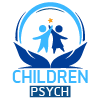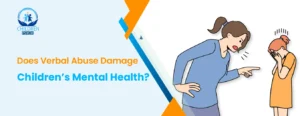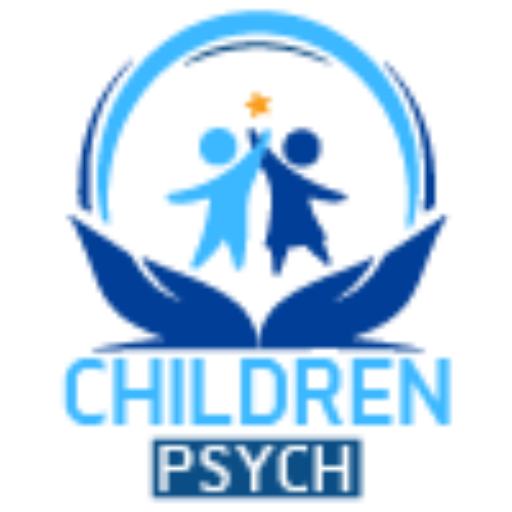Introduction
Intrusive thoughts are not limited to adults; children can also experience these distressing and unwanted thoughts. As a parent or caregiver, it’s important to recognize and understand intrusive thoughts in children to provide them with appropriate support. In this blog post, we will explore what intrusive thoughts are in the context of children, possible causes, signs to look out for, and practical strategies to help children manage and overcome these intrusive thoughts.
Understanding Intrusive Thoughts in Children
Intrusive thoughts in children are similar to those experienced by adults but may present differently due to their age and cognitive development. These thoughts can be unwanted, repetitive, and distressing, creating anxiety or discomfort for the child. Children may experience intrusive thoughts related to fears, worries, or even harm coming to themselves or others. It is essential to remember that intrusive thoughts are involuntary and do not reflect a child’s true desires or intentions.
Possible Causes of Intrusive Thoughts in Children
While the precise causes of this in children are not fully understood, various factors may contribute to their occurrence. Anxiety and stress are significant triggers, as children may experience intrusive thoughts during periods of change, transition, or when facing challenging situations. Traumatic experiences, such as accidents or witnessing disturbing events, can also give rise to intrusive thoughts. Additionally, certain mental health conditions, including obsessive-compulsive disorder (OCD) and anxiety disorders, are linked to the prevalence of intrusive thoughts in children.
Signs and Symptoms
Recognizing the signs and symptoms of intrusive thoughts in children can help parents and caregivers offer timely support. Some common indications include:
- Frequent expression of fears or worries that seem irrational or excessive.
- Repeatedly seeking reassurance or asking the same questions to alleviate anxiety.
- Engaging in rituals or compulsions to reduce the distress caused by intrusive thoughts.
- Difficulty concentrating disrupted sleep patterns, or changes in appetite.
- Avoidance of certain activities or situations due to intrusive thoughts.
Supporting Children with Intrusive Thoughts
As parents or caregivers, there are several strategies you can implement to support children dealing with intrusive thoughts:
- Open and Non-judgmental Communication: Create a safe and open environment for your child to express their thoughts and feelings without fear of judgment. Let them know that intrusive thoughts are common and that they can confide in you without consequence.
- Psychoeducation: Help your child understand what intrusive thoughts are and assure them that these thoughts do not reflect their character or predict their actions. Explain that thoughts are like passing clouds and that they have the power to choose which thoughts to engage with.
- Coping Skills and Relaxation Techniques: Teach your child age-appropriate coping skills, such as deep breathing exercises, mindfulness activities, or engaging in creative outlets like drawing or writing. These techniques can help redirect attention away from intrusive thoughts and promote relaxation.
- Establish a Routine: Structure and predictability can help alleviate anxiety and provide a sense of security for children. Establish a daily routine that includes regular sleep patterns, healthy meals, and time for play, as this can contribute to overall emotional well-being.
- Seek Professional Help:If this persists or significantly impacts your child’s daily functioning, consider consulting a mental health professional who specializes in working with children. They can provide a comprehensive assessment, and diagnosis, and develop a tailored treatment plan.
Conclusion
Intrusive thoughts in children can be distressing, but as parents and caregivers, you have the power to provide understanding and support. By recognizing the signs, fostering open communication, and implementing appropriate strategies, you can help your child navigate through intrusive thoughts and promote their emotional well-being. Remember, seeking professional guidance is crucial if the thoughts persist or significantly affect your child’s quality of life. Together, we can create a safe and nurturing environment where children can grow and thrive.




